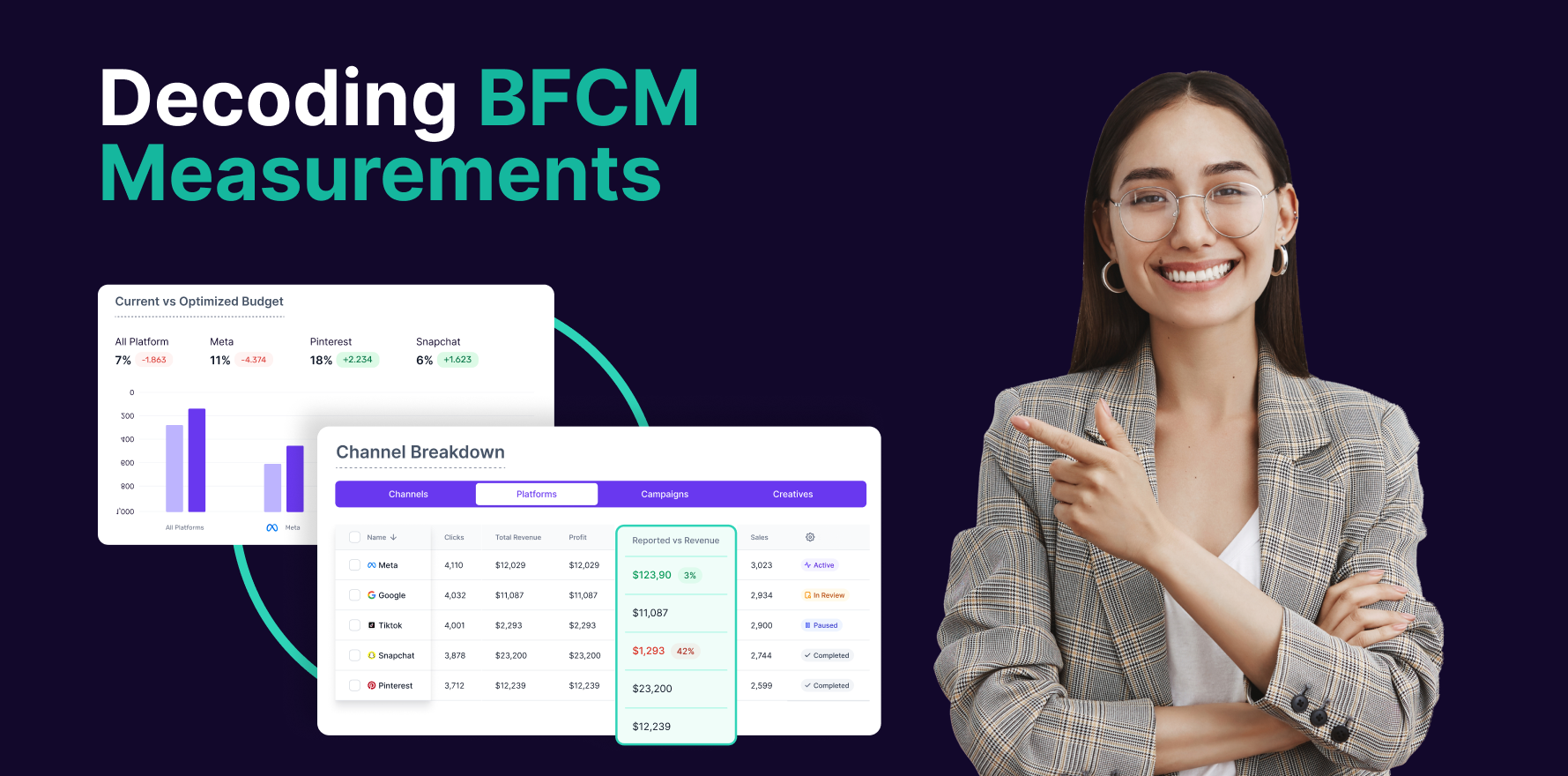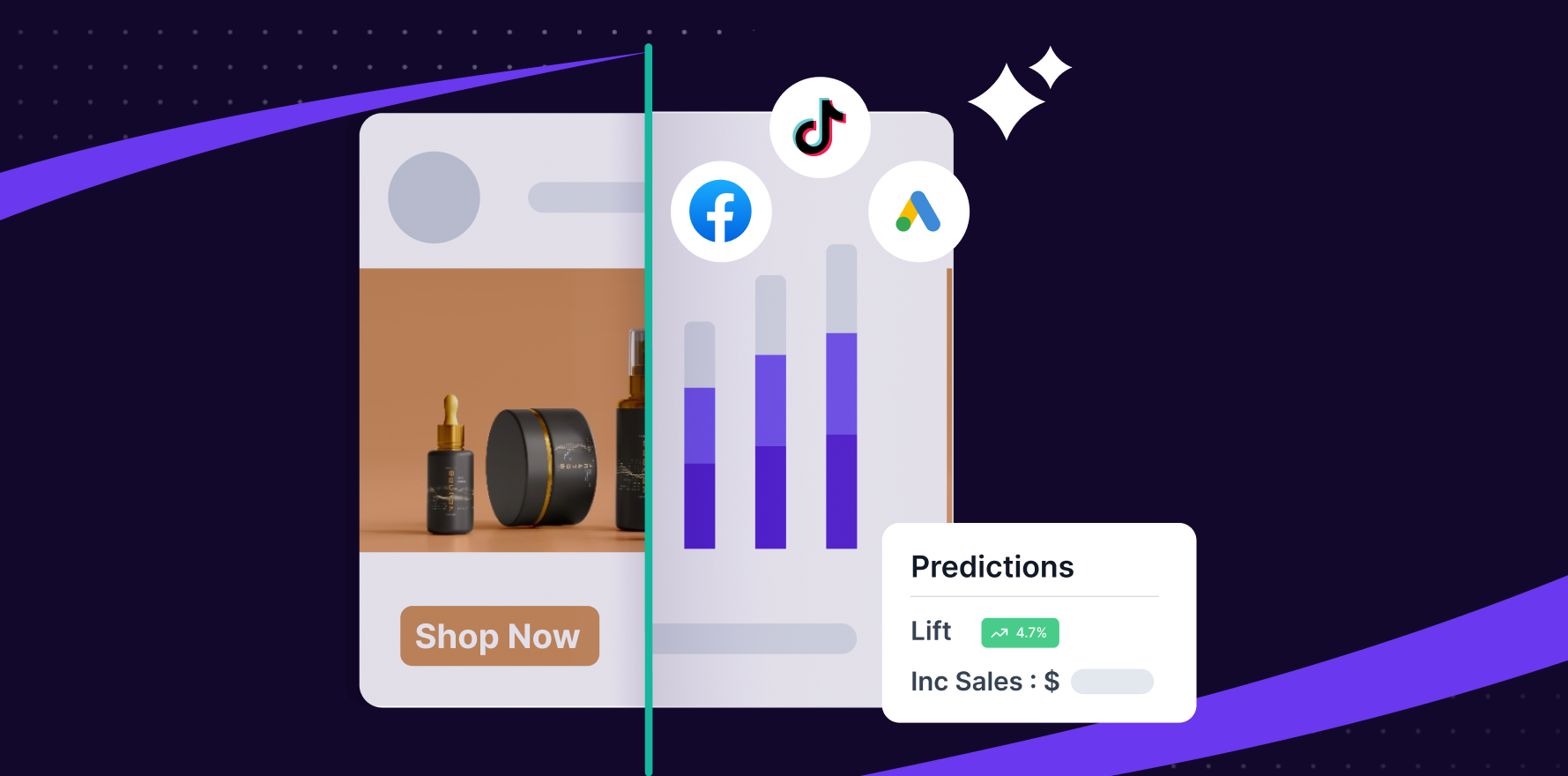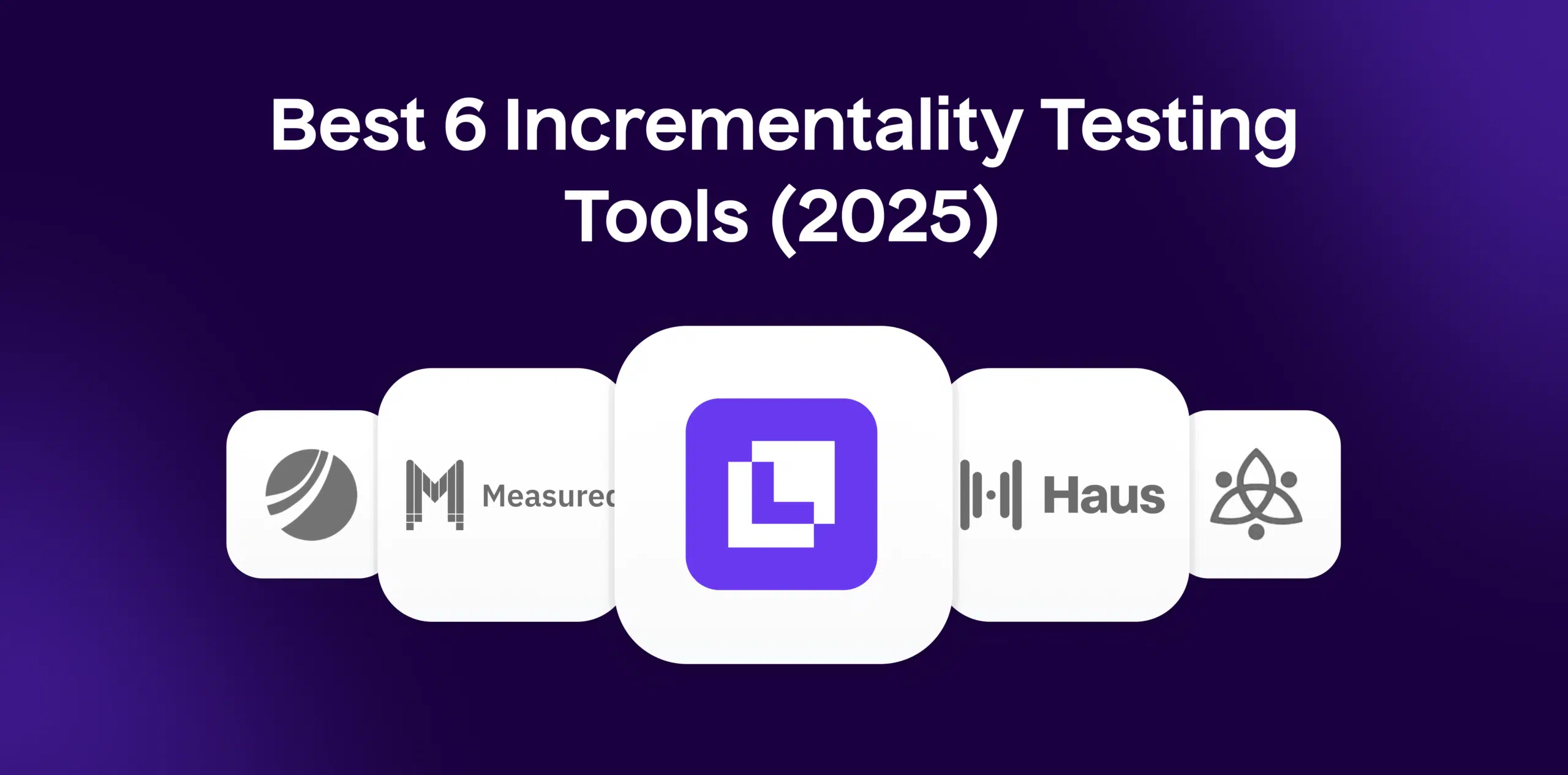What is Average Order Value (AOV)?
Average Order Value (AOV) is an ecommerce metric that helps business owners, analysts, and marketers assess the value of each customer’s order. AOV is calculated by dividing the total revenue by total orders received within a given period of time. This metric gives insight into the average dollar amount per order, helping to identify the types of customers and products driving the highest average spending. It also reveals overall consumer spending trends and offers valuable insights into promotional strategies.
Formula
Average Order Value (AOV) = Total Revenue / Total Number of Orders
Example
If a company receives $100,000 in sales from 1000 orders, the Average Order Value (AOV) is $100.
Why is AOV important?
Average Order Value (AOV) is an important metric for ecommerce businesses as it reveals insights that can help strengthen marketing strategies for long-term success and increased revenue. AOV reveals the overall spending habits of a customer base, which businesses may use to create more effective marketing efforts.
Which factors impact AOV?
The factors that impact Average Order Value (AOV) include order frequency, prices of goods, product list, customer demographic, and discounts or promotions offered.
How can AOV be improved?
Ecommerce businesses can improve their Average Order Value (AOV) in various ways. This includes offering discounts on larger orders, increasing product prices, expanding the product catalog, suggesting related or complimentary products, and participating in referral or loyalty programs
What is AOV’s relationship with other metrics?
Average Order Value (AOV) is an important way to measure the performance of ecommerce businesses and can also be seen as correlated with other important ecommerce metrics, such as Customer Lifetime Value (CLV).
Free essential resources for success
Discover more from Lifesight
























































